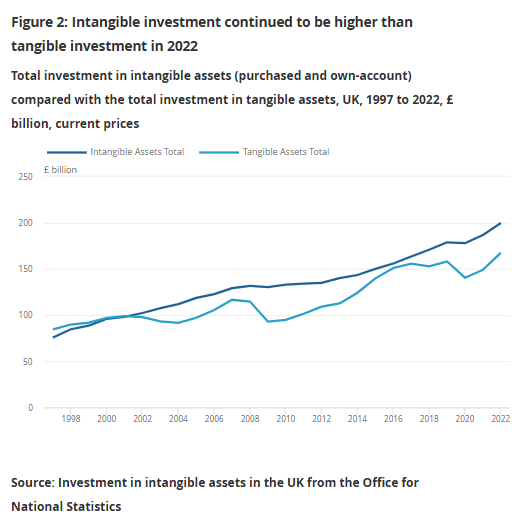The Chancellor is going it seems to announce backing for new infrastructure today. For example, a new runway at Heathrow might cost £14bn (see Tim Leunig's excellent substack: https://timleunig.substack.com/p/how-to-fund-heathrows-expansion) . Is that a lot or a little?
1. the official ONS capital stock data are here: Dataset Capital stocks and fixed capital consumption and the publication using the data is here: Capital stocks and fixed capital consumption, UK:
2. Here are the data for 2023
Note to table: Some definitions are: “Other buildings consist of all
buildings that are not dwellings and include commercial buildings, industrial
buildings, and buildings used to provide public services (for example, schools
and hospitals). Other structures include those that are not buildings; for
example, transport (roads, railways, runways, ports), energy and communications
infrastructure.” (https://www.ons.gov.uk/economy/nationalaccounts/uksectoraccounts/articles/improvingestimatesoflandunderlyingotherbuildingsandstructuresinthenationalbalancesheetuk/2022).
3. As the table shows
a. around 75% of the captial stock are buildings of various types.
b. the total value of the UK capital is 10,751 billion. If a third runway, which is a huge project, costs £14bn, that's an increase of 0.13% of our nation's capital stock.







